By Mike Houston, Managing Partner, Capital Markets
What appeared to be a fad in 2020 turned out to be one of the most utilized ways to go public over the past two years. According to SPACInsider, there were 805 SPACs in 2021, all of which in differing stages of searching, announcing a business combination or completing that business combination. In all, there were 1,035 companies that went public last year – an all-time record. While we may not experience a similar level of IPOs in 2022, below are five items to consider as you seek to tap into the public markets through a SPAC transaction.
- Assemble a strong IPO team. A solid bench of communicators, investment bankers, SEC attorneys and PCAOB auditors (among others) is critical to the success of a SPAC transaction. Properly assembling that team can take time which is why it’s important to begin the process early. Identifying the appropriate amount of SPAC and industry expertise will make for a much smoother business combination announcement and de-SPACing process down the road.
- Strengthen your 5-year pro forma financial statements. When SPACs first regained popularity, the pro forma financial statements were developed, but not with as much rigor as most institutional investors would like to see. Leverage your IPO team to optimize the accuracy and thoroughness of the pro forma model. There have been many companies go public via SPAC that did not have a robust model, only to be put in the penalty box by investors for several quarters until they’re able to show a legitimate ability to forecast. Stress test those financial projections as well as your ability to explain the puts and takes of the model.
- Seek out a quality of earnings (QofE) report from a PCOAB auditor. This is a routine step in the process, but often overlooked by those new to the public markets. The availability of a QofE report in advance of a SPAC transaction can enhance your appeal to SPACs seeking merger candidates. It can also help to accelerate the transaction timeline and improve the certainty of the transaction closing.
- Craft your investor narrative. In addition to preparing your company’s accounting and financial reporting in anticipation of going public, it will be equally important to develop your investor narrative. This is your chance to share the company’s unique value proposition and market position relative to the competition. The best narratives often start with a 30-second elevator pitch identifying the market need and problem your company seeks to solve. From there, you can showcase your total addressable market and opportunity, as well as how your team has the proper vision and ability to execute. The best investor narratives include each of the elements above in addition to the pro forma financials that help tie the story together for an investor.
- Proactively share your story with institutional AND retail investors. With more than $17 trillion in equity assets invested, the retail shareholder should not be overlooked. While institutional investors can appear to be a more efficient group due to their buying power, retail investors have proven their ability to significantly impact publicly traded companies the past few years. By leveraging services such as TiiCKER, public companies can verify, engage and reward their shareholders through targeted shareholder marketing and digital advertising campaigns. These types of services can help you measure the impact of your efforts with actionable data that drives ROI while helping you understand and value your retail shareholders.
While going public through a SPAC can be one of the quickest ways to becoming a publicly traded company, it’s not for everyone. Ensuring the management team and financial statements are ready for the public market scrutiny are critical for long-term success.
Interested in learning more? Connect with us today!

